For a polygon which is defined as a hole in a triangular mesh, with each vertex defined with [x, y, z] coordinates, how can the inner angle between each edge be calculated? The hole is not planar, but can have arbitrary curvature.
The smallest angle between the edges can be calculated with the dot product. However, I want the inner angle in the interval [0, 360] degrees, and therefore need to know whether the inner angle is convex or concave. If it is concave, I can simply add 180 degrees to the angle acquired from the dot product.
Perhaps there is a way to use the normals of the surrounding triangles somehow?

